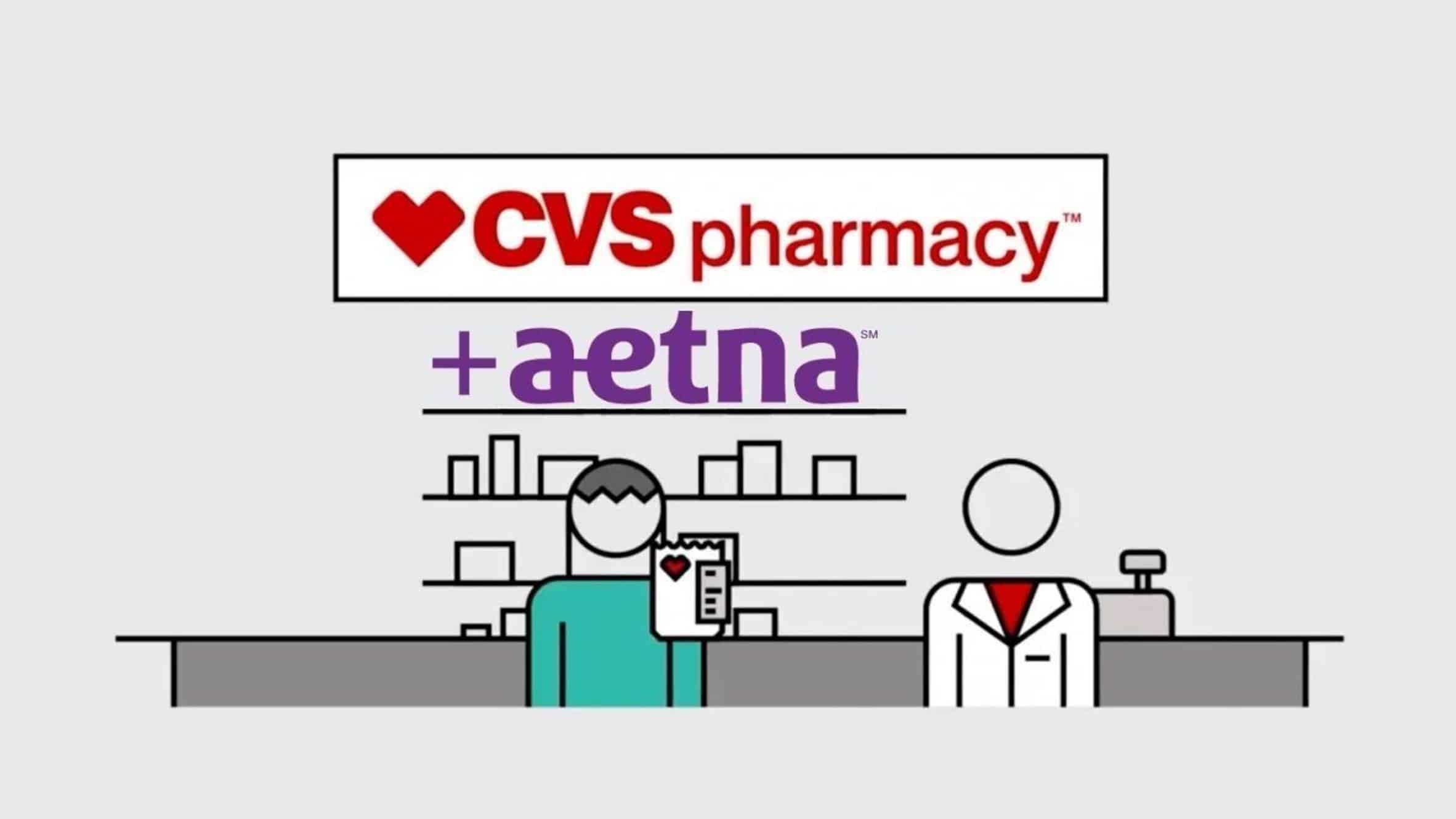
Now that the merger between CVS Health and Aetna is final, there is no better time to update our prior article which provided some interesting tidbits about the retail clinic business. There is no doubt that this marriage of two health care behemoths will generate a lot of upheaval in the public domain. Many stakeholders hold divergent views as to the impact of the deal.
CVS is now not only just a retail pharmacy, but now an insurer, prescriber, and large pharmacy benefit manager (PBM). While the growth in revenues appears robust, CVS is still dealing with adjustments to its new configuration. In addition, industry sectors continue to pivot as it is determined how the add-on of health care services and status as a payer affects CVS and collateral businesses. Widespread views of the benefits and implications are yet to be seen. However, emerging opinions of the merger’s value appears to be related to affordability, accessibility, and ease of use.
Cost impact
Amanda Starc, associate professor at Northwestern University’s Kellogg School of Management, said, “I think the important thing for consumers to look out for going forward is how prices are likely to change.” The high cost of drugs is a well-known concern for many U.S. consumers. Stakeholders and analysts express hope the merger will make drugs and services more affordable and accessible.
According to CVS President and CEO Larry J. Merlo, the integration of health care services into CVS pharmacies results in healthier communities, with local, uncomplicated and more-affordable health care models. The result, he says, is cost reductions, especially those targeted at improving medication adherence and avoiding hospital readmissions. He expressed consumer feelings when he said rising health care costs present a big concern to them, and that the coming together of CVS and Aetna would assist them in reducing expenditures. Merlo added that it would lead to better service for patients and providers.
Affect on doctor’s office and emergency room visits
The combined services that the merged company presents to consumers in pharmacies and walk-in clinics is expected not only to reduce hospital visits, but to decrease calls to primary-care providers. According to Aetna CEO Mark Bertolini, the combined resources of CVS and Aetna have the possibility of making pharmacies and walk-in clinics the medical version of the Genius Bar at Apple Stores. That’s where experts dispense swift, apt and dependable health care.
It’s common knowledge in the U.S. that seeing a doctor can be a Herculean task because of several unnecessary complexities that surround the health care system. According to Bertolini, the merger will eliminate most of those difficulties. Allocation of redirected health care allows sick consumers to head straight for treatment at pharmacies or minute clinics instead of waiting endlessly for physicians in the emergency room. The New York Times published a story on the impact of convenience and reliability of retail health clinics.
Unanswered questions
While certain trends appear clear, the merged company largely represents uncharted territory. It is a new model with all new rules. Open questions remain:
1. How might this affect overall delivery?
2. Will certain branded and generic products be favored?
3. Will it decrease the power of the prescriber?
4. How will a non-Aetna payers be impacted?
5. Will there be discounts associated with Aetna and their formulary?
6. What will pharmaceutical industry need to adapt to this important change?
7. Could a person take a Rx prescribed at CVS to another pharmacy to be filled?
8. Could a CVS provider be detailed?
It will be interesting to follow how this mega merger affects the pharmaceutical, biotechnology industry along with key stakeholders such as physicians and consumers. Stay tuned.
Snowfish has pioneered a unique approach of mapping the disease state ecosystem including non-traditional approaches and key stakeholders designed to meet the needs of the particular product. To learn more, please feel free to contact us at info@snowfish.net
- Market Access: The Latest Hurdle for Treating Alzheimer’s and Dementia - June 14, 2023
- Rare Disease Outreach a Missed Opportunity - November 7, 2022
- So You Read Our Previous Post on Biomarkers? - August 1, 2022



